Have you ever wondered how smartwatches and wrist-based fitness trackers can tell what your heart rate is?
According to Apple, the Watch uses a technology called photoplethysmography, or PPG, to measure heart rate. It’s essentially testing how much red or green light it can see when looking at the skin on your wrist. Blood is red because it reflects red light and absorbs green light, so when your heart beats, there’s more blood flow in your wrist, and more green light absorption. Between heart beats, there’s less absorption of green light.
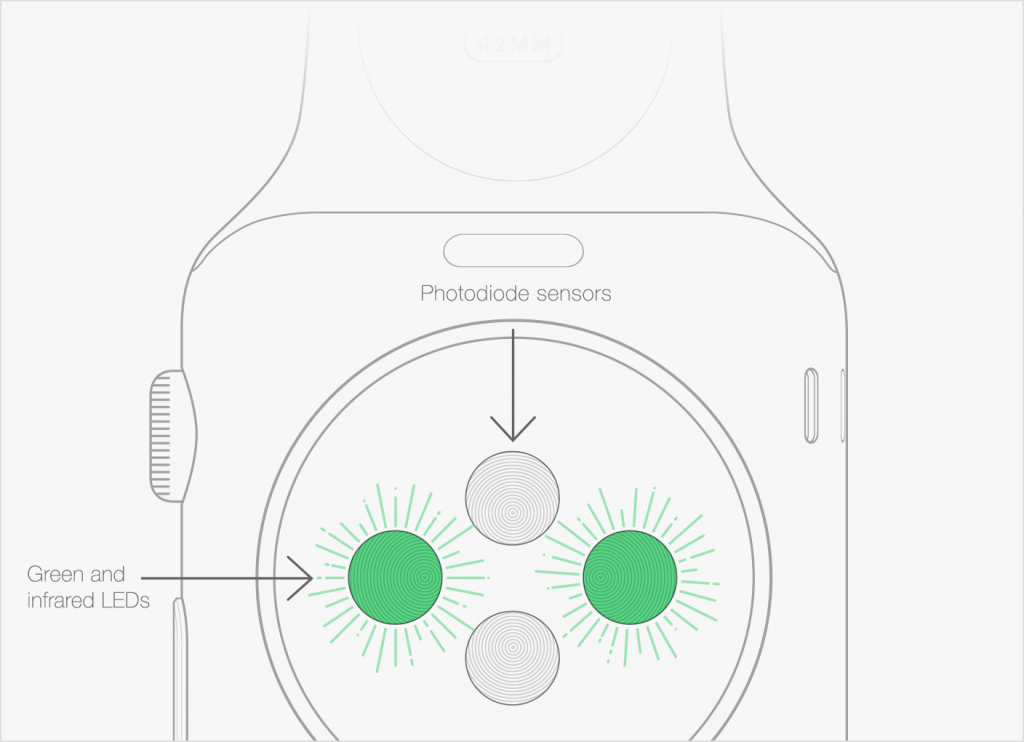
You might have even seen this in apps on your phone before. Using your phone’s camera, the same technology can be applied on-demand. In fact, this technology is quite old—apparently, it was first used in the late 1800s. At that time, people would “hold their hand up to a candle in a dark room to see the vascular structure and blood flow”.
This technology is also used in hospitals—if you’ve ever seen a finger or ear clip that measures pulse and blood oxygen levels, it’s using PPG. PPG makes uses of low-intensity infrared (IR) light. When light travels through biological tissues it is absorbed by bones, skin pigments and both venous and arterial blood. Since light is more strongly absorbed by blood than the surrounding tissues, the changes in blood flow can be detected by PPG sensors as changes in the intensity of light.
The voltage signal from PPG is proportional to the quantity of blood flowing through the blood vessels. Even small changes in blood volume can be detected using this method, though it cannot be used to quantify the amount of blood.
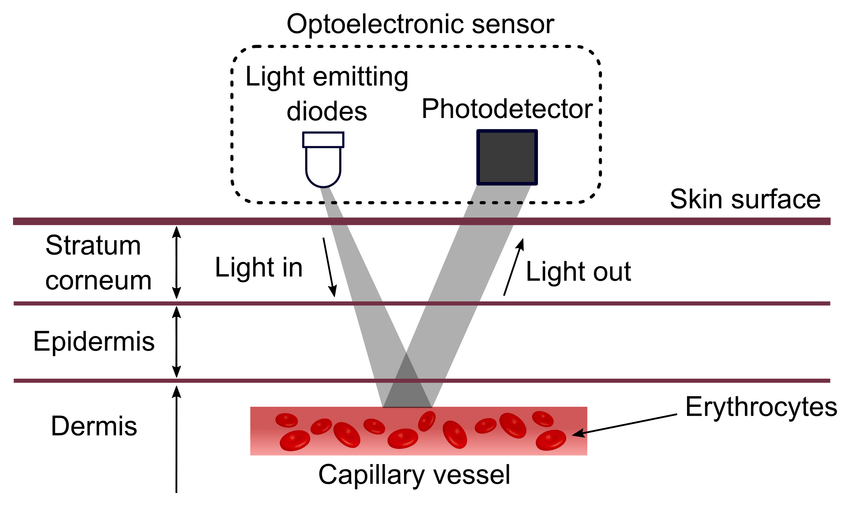
A PPG signal has several components including volumetric changes in arterial blood which is associated with cardiac activity, variations in venous blood volume which modulates the PPG signal, a DC component showing the tissues’ optical property and subtle energy changes in the body. Some major factors affecting the recordings from the PPG are site of measurement and the contact force between the site and the sensor.
The Apple Watch has two heart rate monitoring modes: when you put the watch into workout mode, it will track your heart rate continuously. The rest of the time, the heart rate sensor uses infrared light to measure your heart rate every 10 minutes (unless your arm is moving, which makes it hard to get a reliable reading). You can also check your heart rate anytime from the heart rate glance.
There’s obviously a debate about how accurate this technology is even in the perfect circumstances. Users have complained about inaccurate readings during workouts that involve lots of irregular movements, which is something Apple points out as causing trouble for the watch’s sensors. How the sensors are worn can also affect the output: wearing the watch too loosely can give inaccurate readings.
References
1-https://exist.io/


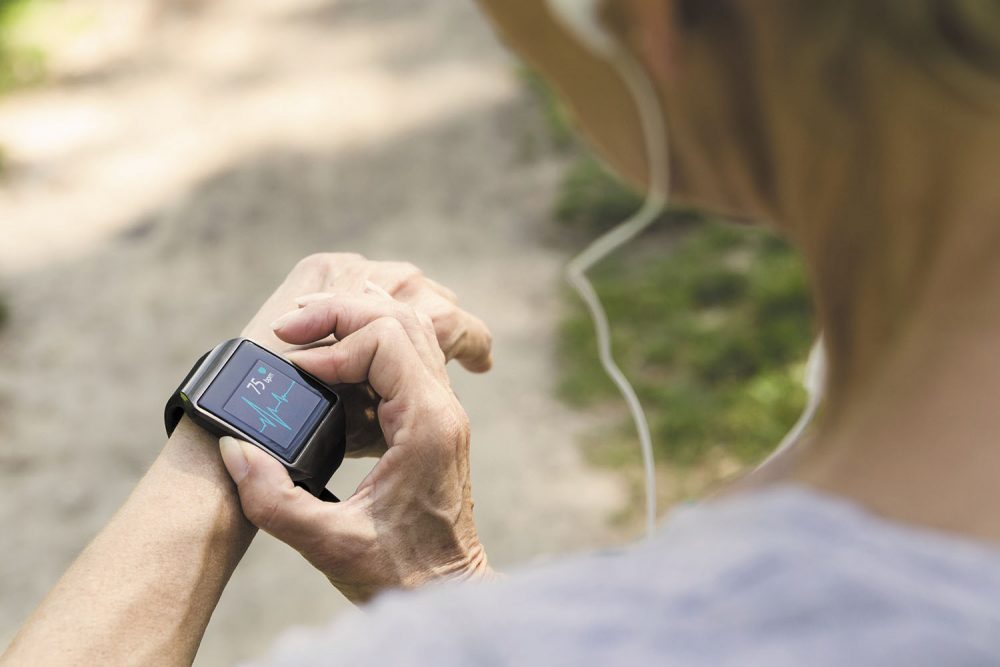
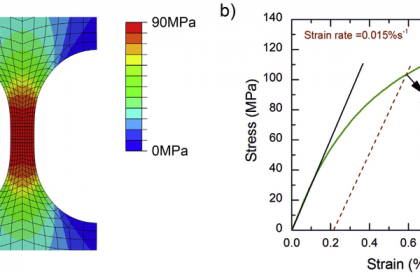

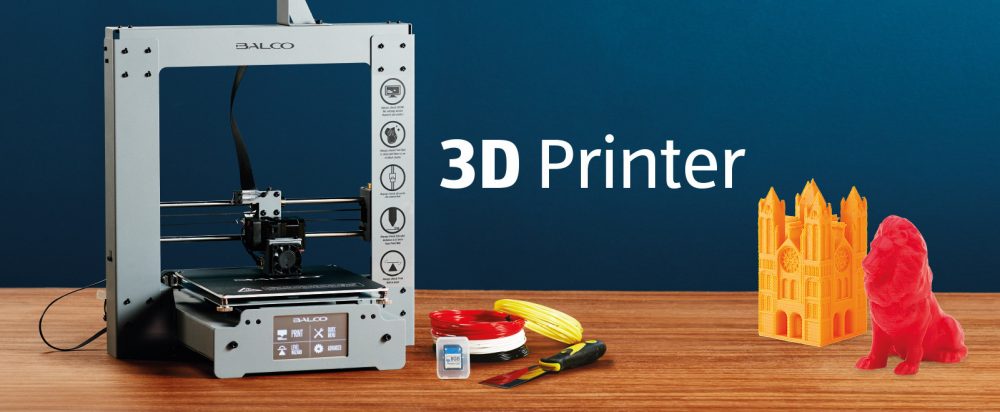
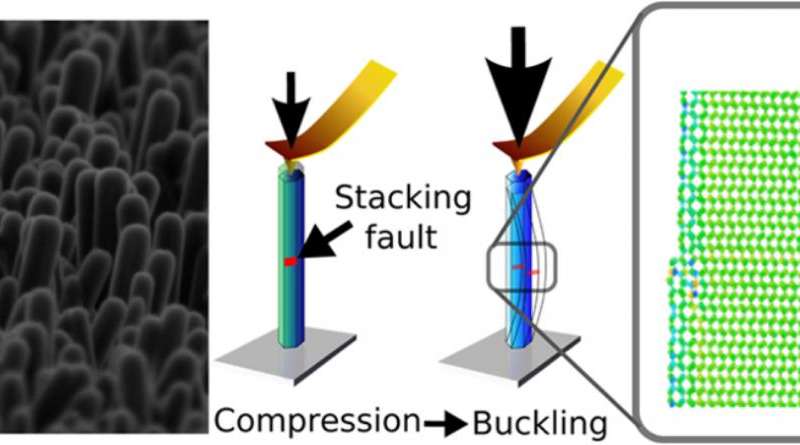


How Do Smartwatches and Heart-Rate-Tracking Technology Work? - Healthcare Niche
[…] Photoplethysmography, or PPG for short, is a technique used by a few notable smartwatch manufacturers, including Apple. This is the same technology that Apple employs in its Apple Watch, writes MecHead. […]